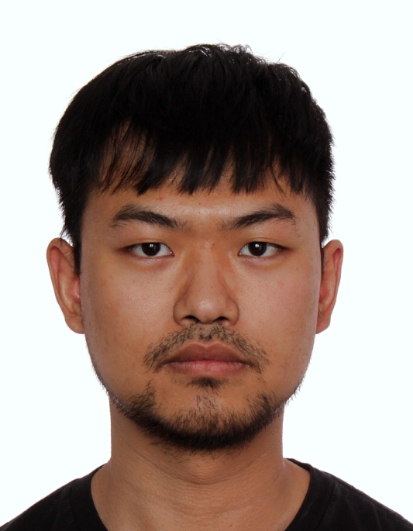
I am honored to introduce Professor Roberto Maiolino, an esteemed figure in the field of Experimental Astrophysics. Currently holding the position of Professor at the Department of Physics (Cavendish Laboratory) and the Kavli Institute for Cosmology, University of Cambridge, Dr. Maiolino also serves as an Honorary Professor at University College London and holds the prestigious title of Royal Society Research Professor.
With a primary focus on the exploration of galaxy formation and the evolution of supermassive black holes, Professor Maiolino employs a diverse array of observing facilities to unravel the mysteries of our cosmic surroundings. In this interview, we delve into his extensive research activities and projects. For further insights into the captivating realm of astrophysics, be sure to follow the provided links to discover more about Dr. Maiolino’s groundbreaking work.
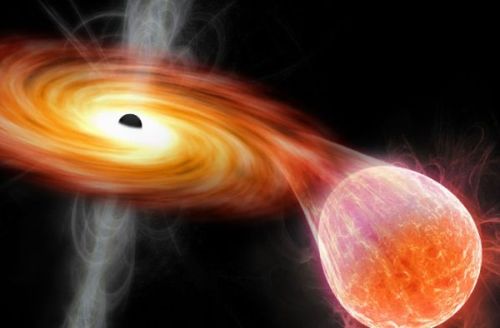
Let’s start with our first question, what motivated you to pursue a career in experimental astrophysics, particularly in the study of galaxies and supermassive black holes?
Originally, as an undergraduate student, I was primarily interested in Physics, and indeed my Master degree is in Physics. However, some professors at the Astrophysical Observatory in Florence illustrated some new exciting findings in astrophysics, which triggered my interest, especially in the areas of galaxies and black holes.
Could you provide an overview of the observing facilities you regularly utilize in your research on galaxy formation and supermassive black holes?
I have been working with several facilities, observing in multiple wavebands, from the X-rays to the radio. Since my goal is typically to detect weak signals from distant galaxies and black holes, I need to use some of the largest facilities, which can collect more photons from faint targets. Before the launch of the James Webb Space Telescope I was mostly using the Very Large Telescope (which observes in the optical and near infrared) and the Atacama Large Millimetre Array (which observes in the millimetre/sub-millimetre wavelength range); however, after the launch of Webb, most of my activities have primarily focused on the use of data from this fantastic space telescope.
Why are far-IR lines, particularly [CII]158um, considered the most promising tools for detecting and tracing galaxies at high redshifts?
Some of the far-IR lines are often the strongest atomic transitions observed in galaxies, so potentially observable out to large distances. Additionally, in contrast to lines in the optical and ultraviolet, the far-IR lines are little absorbed by dust in the interstellar medium, and therefore they can trace gas and star formation also in extremely obscured systems.
However, in order to be produced, they require some enrichment of the interstellar medium with chemical elements heavier than helium (in particular, for the [CII]158um line, carbon), while early galaxies tend to be metal poor. Therefore, I would not necessarily say that the far-IR lines are the most promising tool for detecting galaxies at high redshift. Actually, some of the most distant galaxies are now studied with Webb via the detection of (rest-frame) optical and ultraviolet lines, while their far-IR lines are undetected.
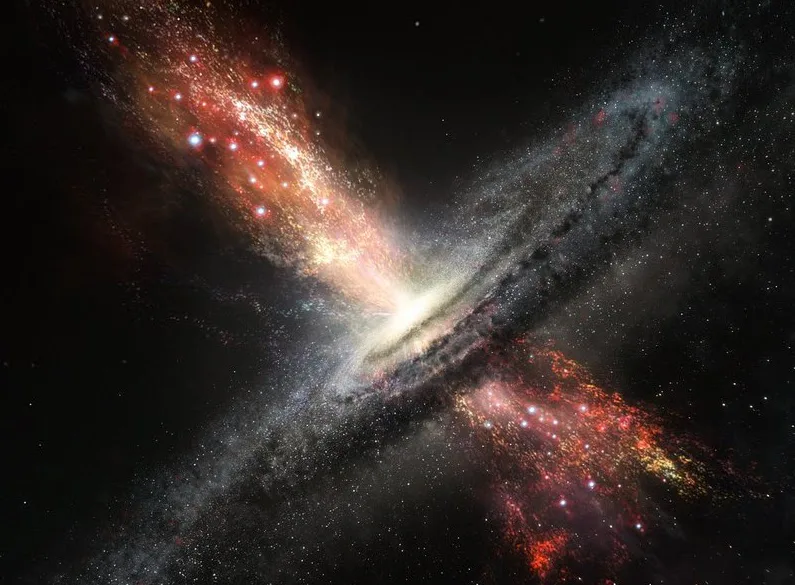
What insights have been gained from these observations, and how do they contribute to our understanding of early galaxy formation?
Recent observations have shown that everything in the early Universe happened much quicker than what we thought: stars and black holes formed much faster and much more vigorously than originally envisaged, the interstellar and intergalactic medium was enriched with heavy chemical elements and solid particles (dust grains) much more quickly than we thought. These are exciting and puzzling results that we are trying to explain. Many theories have been proposed, but we need more data to distinguish between them.
To what extent do external influences, such as interactions with neighboring galaxies or environmental factors, contribute to the quenching of star formation?
Based on recent studies, there are two primary processes that are responsible for the quenching of star formation in galaxies.
In relatively massive galaxies, the accreting black holes at their centres can produce large quantities of energy that result both in the ejection of gas from the galaxy and heating of the circumgalactic medium, which prevents further accretion of fresh gas; the resulting lack of gas ends the formation of new stars, as the gravitational collapse of gas clouds is what trigger star formation.
Instead, for low mass galaxies, primarily orbiting more massive galaxies or in clusters of galaxies, the gas clouds in their interstellar or circumgalactic medium can be stripped by the passage of such galaxies in the hot intra-cluster medium. Also in this case, the removal of gas results into halting the formation of new stars.
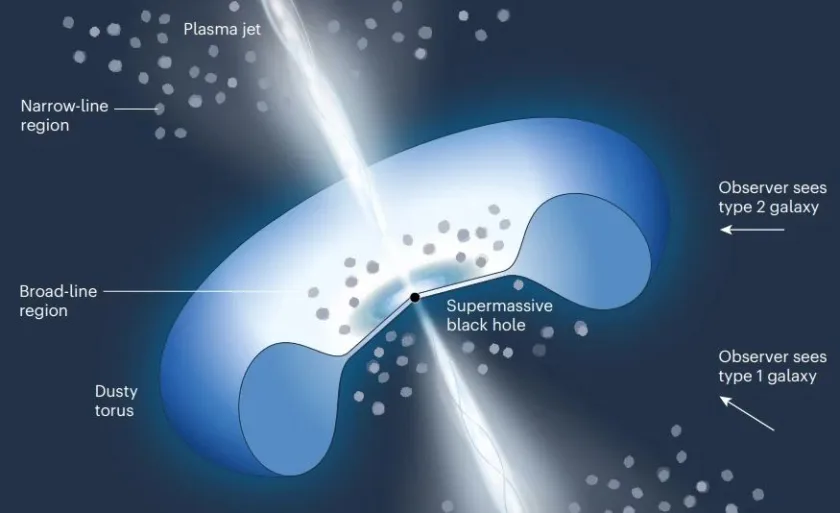
Can you provide a brief overview of the Unified Model for AGNs and how it explains the observational properties of different classes of AGNs based on the orientation of our line of sight relative to an obscuring structure?
Active Galactic Nuclei (AGN) are supermassive black holes that are in the process of accreting matter, and whose gas swirling around the black hole (so-called “accretion disc”) becomes very hot and glows in the ultraviolet and optical. However, most of these AGN are also surrounded by dusty clouds, likely distributed in a donut-like shape. Depending on the orientation of such a donut relative to our line of sight, we may see different properties of the AGN. If the orientation of the line of sight is such that we can see the inner hole and, therefore, see the accreting black hole inside it, then we can directly detect the glow of its accretion disc, i.e. typically a blue, compact and luminous source. However, if the donut is oriented in such a way to hide the black hole from our line of sight, then we do not see its accretion disc directly, but we can see the surrounding clouds that are illuminated by it.
How important are collaborative efforts in your field, especially when using various observing facilities? Are there any noteworthy collaborations that have significantly influenced your research?
Collaborations are fundamental in most science fields, and especially in observational astrophysics. Several people, with different skills and expertise, are need to process the raw data, to combine different datasets, and to then to properly analyse their different aspects. In many projects, these many tasks would take much longer if undertaken by a single person or a small group of scientists, and would be extremely inefficient as in many cases it would imply “reinventing the wheel multiple times”. Collaborations instead enable a much more efficient process by leveraging the different skills in the team. Collaborations also minimise the risk of mistakes, as multiple people verify the quality of the datasets and their interpretation.
There are several collaborations that have been fundamental in my research, from my early research studies associated with the BeppoSAX X-ray satellite (in the late ’90-ies/early 2000), to the recent work on JWST data, based on collaborations such as JADES and GA-NIFS.
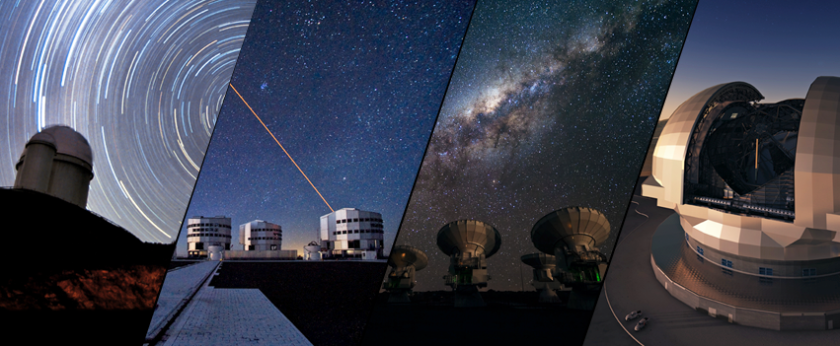
Are there upcoming missions or observational facilities that you are particularly excited about for advancing your research goals?
While we will be very busy with JWST data for quite a few years, the Extremely Large Telescope is becoming a reality, and will soon be the largest telescope in the world.
It will deliver images much sharper than JWST and, for some kind of observations in the optical and near-IR, will also be more sensitive.
Could you delve into the inspiration that fueled the creation of “Stars And Waves“? How did you go about intricately weaving elements of astronomy and adventure into the storyline?
I like thrillers and I have always thought that the world of astronomy is very well suited for such a genre, with a great potential to embroil mystery, science and emotions.
I had been collecting elements for a plot since when I was a student, but only recently I managed to write it down.
I must say that, as I started, all pieces of the story came together very quickly and naturally. I really enjoyed writing it.
Additionally, are there any captivating anecdotes from your own experiences that played a role in shaping the narrative?
I certainly got some inspiration from my own experience, but there are no direct references to specific events or persons.
Importantly, and obviously, don’t get the impression that astronomers live such a perilous life as narrated in the novel… although for many aspects I do think our job is exciting and fascinating.
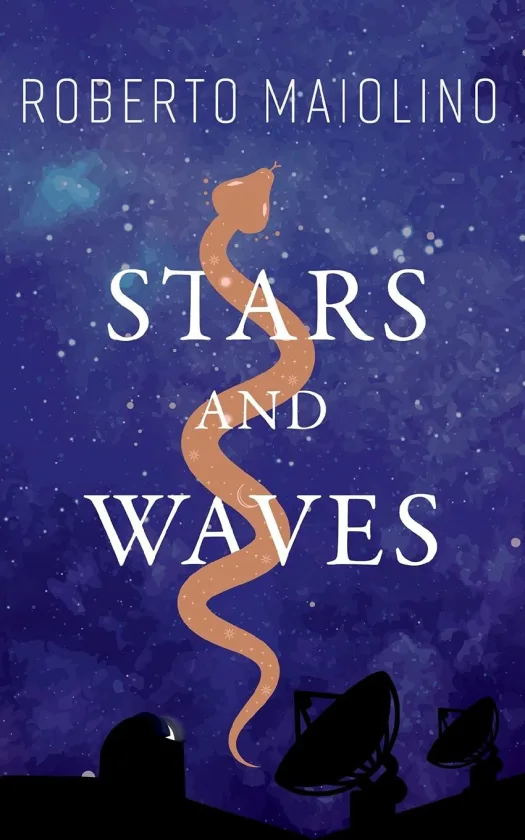
What are your other interests besides academic commitments and research responsibilities… reading, painting, gardening, skiing maybe?
I enjoy cooking (when I have time) and travelling, both to remote parts of the world, visit different cultures, and getting lost in new cities.
Someone comes up to you and says, “I wanna be just like you. I want to be an Astrophysicist”. What advice would you give?
Like it or not (I personally do), astrophysics involves lots of maths, so you will need to pursue your math courses thoroughly.
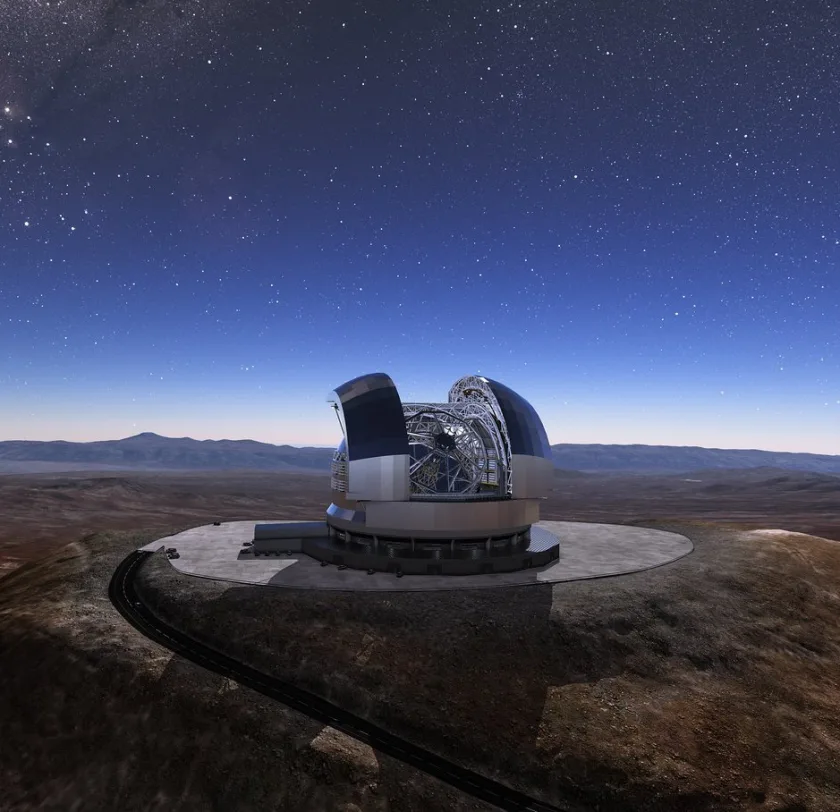
Quick bits:
What is your favourite movie quote?
“It could be worse, it could be raining” (Young Frankenstein)
If you were a superhero what would your powers be?
Time travel
What would you do on Mars for fun?
Skiing on red sands
What will your TED Talk be 10 years from now?
I don’ really know, but probably lesson learnt from my career.
What books should I read in 2024?
My thriller ’Stars and Waves’
(Wow! Thank you, Professor Maiolino, for an incredibly inspiring conversation! Your work is a true source of inspiration. We eagerly anticipate our next visit to witness more of your innovative research. Until then, we extend our best wishes for your continued success in all your future endeavors.)

